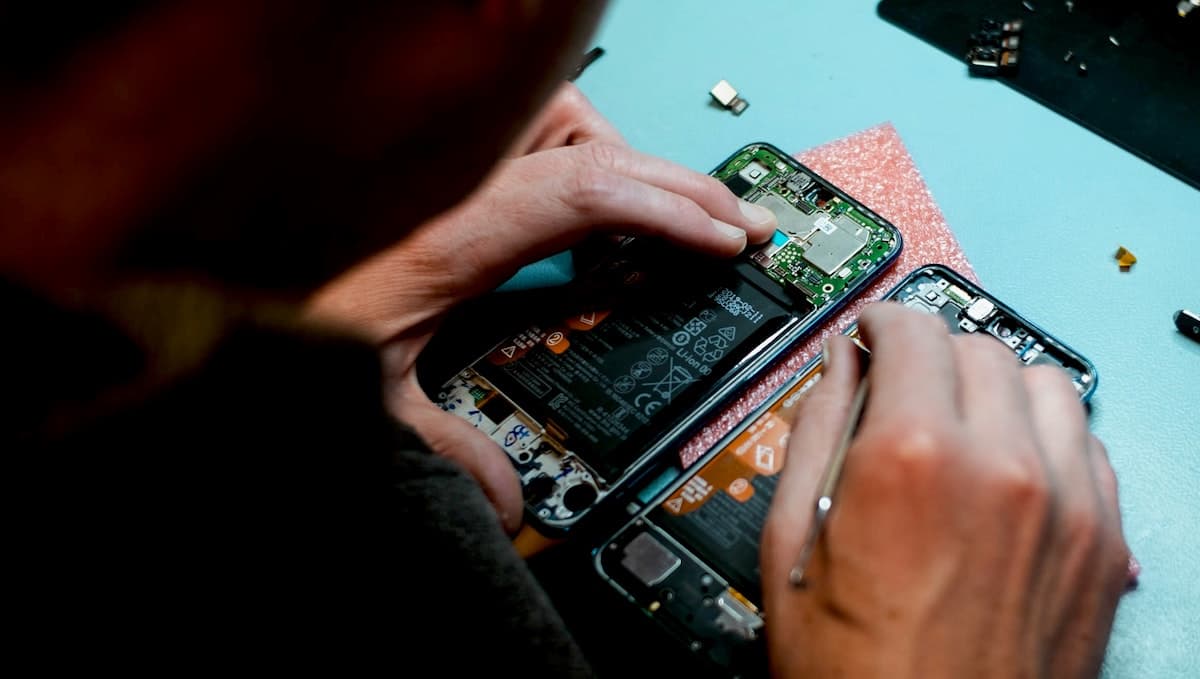With new technology comes new products and new gadgets. But what happens to all our old devices when we move on to the next big thing?
Electronic waste, or e-waste, fills landfills each year as businesses discard their unused and obsolete laptops, mobile phones and other digital assets. In Australia, e-waste is currently exported offshore and destroyed in unsafe ways that often don’t securely or sustainably destroy data properly.
Many organisations fail to consider the negative impact their e-waste can have on the environment. Electronic devices have toxic chemicals and harsh materials that consume the limited landfill capacity and contaminate soil, air and waterways.
As the fastest growing form of waste in Australia, with figures reaching 21.3 kilograms per capita in 2019, concerns are mounting about the damaging effects of e-waste on climate change. Beyond the tangible waste, the data that is stored within these products also poses a threat to businesses if sensitive information is not appropriately managed.
Both organisational reputation and environmental safeguarding are two fundamental factors businesses must invest in to create an efficient, fail-safe waste management system. This investment must go beyond data wiping or reformatting and use physical destruction processes that prevent exposure of sensitive company data, information about their workers, and the identity of its customers.
In 2006, Idaho Power Company disposed of company hard drives without wiping them clean and later found out that sensitive corporate data had ended up on eBay, where hundreds of their old hard drives were being sold online. Contained on those hard drives were confidential employee information and proprietary memos.
Poor management of e-waste disposal can be detrimental to any business; yet proactive destruction procedures can be beneficial to companies for many reasons. Digital waste reduction initiatives can positively impact the environment, which, in turn, maximise good stakeholder management, and ensure that data is being securely and responsibly destroyed, leaving no risk of security threats.
As more and more businesses look to innovate in reducing their environmental impact, organisations can consider the following best practices:
- Instil e-cycling within the company culture
Corporate responsibility comes from the top down. Many organisations believe they don’t have the time or the resources to manage their electronic waste effectively and therefore put it in the ‘too hard basket’. By raising awareness of the potential risks, setting achievable wastage targets and providing educational training or resources, businesses can promote an internal commitment to the sustainable disposal of e-waste that employees will participate in.
- Set protective procedures in place
When committed to sustainable management of e-waste, there are additional steps that businesses must take before disposing of electronics or digital records. It is not sufficient to delete files into the recycling bin, as data can still reside on hard drives after deletion. Using secure erase tools can be an advantageous method in ensuring all information is entirely erased by overwriting the data multiple times so it cannot be accessed forensically.
In today’s hybrid working environment, it is also critical for businesses to ensure their employees are cybersafe, whether they are in the office or working from home. Speaking to a Chief Information Security Officer (CISO) about implementing effective security measures and technology regulation for employees will ensure both physical and digital damage to electronics is minimised.
- Consider the options that work best for your business
It may seem like old news, but the three Rs of waste management still serve as valuable as ever:
Reduce: Conduct frequent inventory counts of all electronics and digital records to maintain visibility of assets on hand and assess the need for disposal of outdated technology.
Reuse: Redundant devices can be given a second life through a donation to charity or exchange back to technology providers, who can reuse the parts for a new purpose. In fact, 90% of the non-renewable materials in mobile phones can be recovered and reused.
Recycle: If electronic equipment is beyond repair, find a local, certified e-recycler who responsibly recycles e-waste items according to best environmental practices.
- Partner with a secure e-waste destructor
Whether you want to recycle, remarket or completely destroy your digital assets, there are plenty of service providers that specialise in the secure disposal of e-waste. This ensures that all of your IT disposal needs are met while maximising retired asset value in a safe, efficient and environmentally friendly manner.
- The future of e-waste
E-waste management will continue to be a challenge for Australian businesses as CEOs continue to embrace digital transformation. Rather than putting the environment and business at risk by irresponsibly discarding e-waste, companies can take the lead on putting into practice more sustainable methods. By implementing the four simple steps above, businesses can give themselves the greatest chance at successfully managing the disposal of their digital assets in ways that minimise the threat of e-waste to the environment and to organisational reputation.
Keep up to date with Dynamic Business on LinkedIn, Twitter, Facebook and Instagram.

